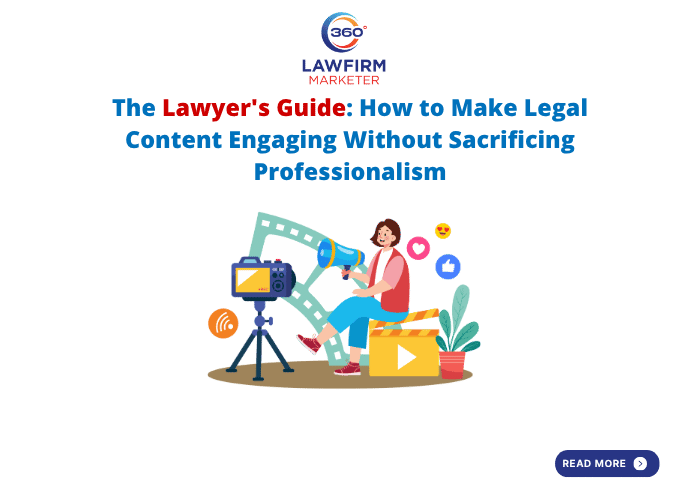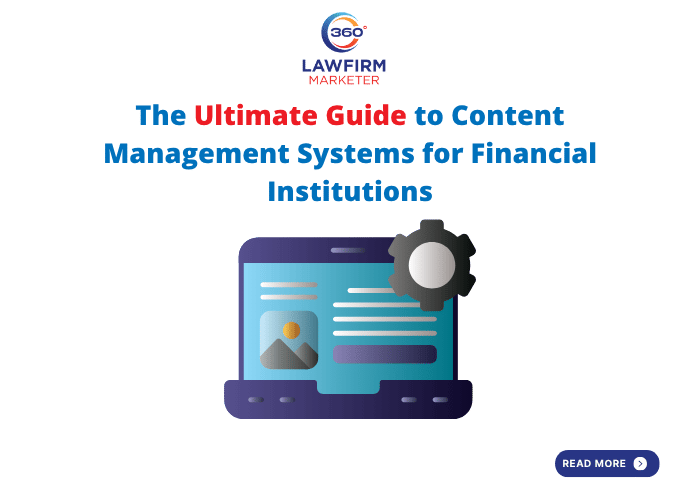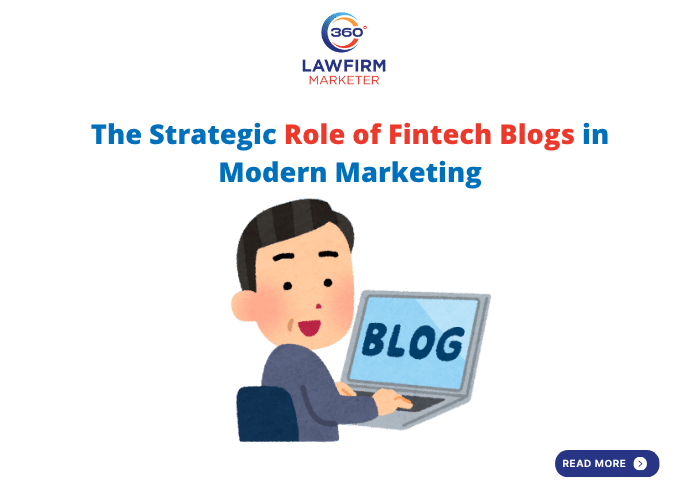The Lawyer’s Guide: How to Make Legal Content Engaging Without Sacrificing Professionalism

In today’s scroll-heavy, attention-deficit digital environment, law firms face a daunting, yet critical, challenge: how to generate content that cuts through the noise without compromising professional credibility. Legal topics, by their very nature, can be complex, intimidating, or even perceived as dry. Yet, your future clients are consuming content that is engaging, visual, and fast-paced.
If your firm’s communications rely solely on formal, text-heavy analysis, you risk being overlooked by a digitally native audience. The good news is that you can effectively bridge the gap, making legal content approachable and even entertaining while maintaining the authoritative stance your profession requires. It’s all about strategic balance and smart adaptation to modern media formats.
1. The Power of Storytelling Over Statutes
Instead of presenting dry legal jargon or abstract concepts, frame your content around relatable human experiences. People seek lawyers when they face a life problem a story that needs a resolution.
- Case Studies as Narratives: Share anonymized success stories of how your firm guided a client through a tough situation. Focus on the client’s initial fear, the legal complexity, and the successful resolution. This builds immediate trust and relatability far better than a list of service offerings.
- Relatable Analogies: Explain complex legal concepts by comparing them to everyday scenarios. For example, explaining intellectual property as “owning the recipe to your secret sauce” or a contract dispute as a “broken promise between friends.” This technique lowers the barrier to understanding.
2. Injecting Strategic Personality
Professionalism doesn’t necessitate being robotic. A conversational, confident tone makes your content approachable without sacrificing authority.
Avoid overly technical, passive phrasing. Instead of saying, “Our firm provides comprehensive litigation services for commercial disputes,” try, “We fight fiercely for your business whether it’s in the courtroom or at the negotiation table.” This injects confidence and commitment.
Humor, when used judiciously and appropriately, can be a powerful tool. A light joke about confusing legal jargon or a common misconception can make an audience smile and build rapport without undermining your credibility. The key is to never joke about the client’s situation or the seriousness of the law itself.
3. Simplifying Complexity with Visuals
Visual content is king in the digital realm. Infographics, short videos, and carousel posts are excellent tools for breaking down intimidating legal concepts into digestible chunks that improve retention.
- Infographics for Processes: Use visuals for “5 Steps to File a Personal Injury Claim” or “The Timeline of a Property Settlement.” Visualizing the steps reduces anxiety and shows competence.
- Short Explainer Videos: A 60-second video on “What Happens During a Divorce Mediation?” or “Understanding Non-Disclosure Agreements (NDAs)” is perfect for platforms like Instagram Reels and YouTube Shorts. These formats meet the audience where their attention already is.
- Side-by-Side Charts: Visually compare different legal options, risks, or jurisdictions. Charts are inherently easy to scan and comprehend quickly.
4. Leveraging Trending Interactive Media
The formats that dominate social media should be adapted for legal education. This encourages engagement and positions your firm as modern and proactive.
- Quick Tip Series: Launch a series titled, “Legal Myths Busted in 30 Seconds” on video platforms. These are highly shareable and effective for generating rapid awareness.
- Podcast Episodes: Offer “Ask a Lawyer: Your Burning Questions Answered” in an audio format. This allows for in-depth, yet casual, discussions that build a loyal audience during commutes or workouts.
- Interactive Polls and Quizzes: Create quizzes like “Do You Know Your Employment Rights?” on Instagram stories or LinkedIn. This gamifies learning, making the educational process enjoyable.
To ensure this content reaches the maximum audience, every firm must rely on reliable metrics and clear performance data. A modern, integrated approach to tracking keyword difficulty, monitoring content performance, and analyzing technical site health is foundational. This means that utilizing the most effective and powerful SEO tools available is necessary to identify high-traffic long-tail queries, understand competitor content strategy, and ensure every piece of educational content is visible when a potential client searches for help.
5. Prioritizing Ethical and Factual Accuracy
While creativity is essential, never compromise on ethics, accuracy, or confidentiality. Law is a serious profession, and any hint of sensationalism or inaccuracy can destroy credibility instantly.
Always fact-check your content rigorously against current statutes and case law. Respect client confidentiality at all times, ensuring all case studies are anonymized or used with explicit, informed consent. Always include disclaimers where necessary, particularly when discussing generalized legal principles that may not apply to a reader’s specific situation. This practice is non-negotiable for professional authority.
6. Amplifying Reach with Paid Channels
Even the most well-written, entertaining content needs a boost to cut through the vast ocean of online information. Organic reach is valuable, but for time-sensitive promotion or targeting highly specific client demographics, paid campaigns are essential.
Investing strategically in targeted advertising campaigns can significantly promote your most engaging content. Paid ads on platforms like Google Search, LinkedIn, and even specialized legal directories can amplify visibility and attract high-quality leads who are actively searching for your services. This approach allows a firm to control who sees their content and when.
This targeted approach to paid advertising, focused on driving potential clients to specific, high-value content or contact pages, is best executed through focused PPC marketing campaigns. By bidding on high-intent keywords and targeting specific professional groups on social platforms, a law firm can quickly and efficiently fill its consultation pipeline with highly qualified prospects who are ready to engage legal services.
7. The Holistic View: Measuring and Optimizing
The final, and most crucial, step is connecting all these efforts into a single, cohesive strategy. This involves not only creating the content but integrating its performance data across all channels to continuously refine your efforts.
Track engagement metrics meticulously: views, shares, comments, and, most importantly, conversions (e.g., initial consultations booked). Experiment with different formats and topics to see what truly resonates with your ideal client profile. Data-driven decisions, rather than guesswork, are what help you refine your content strategy over time.
This entire framework the synthesis of organic authority, paid velocity, high-quality humanized content, and stringent professional ethics is what defines a modern, integrated digital marketing approach. It is the cyclical process of attracting, engaging, nurturing, and converting a target audience across all digital channels and touchpoints, ultimately defining the enduring success and reputation of your law firm in the 21st century.
Final Thoughts :
Making legal content entertaining without losing professionalism is a continuous balancing act. It requires combining authentic storytelling, simplified visuals, and trending formats with unwavering ethical practices and strategic promotion. By committing to this unified approach, your law firm can effectively stand out in a crowded digital landscape educating, engaging, and converting potential clients without sacrificing an ounce of credibility.
What aspect of your current content strategy do you find the hardest to make both engaging and professional?




